Name Zenobia Maiden voyage May/June 1980 Draft 13 m | Owner Rederi AB Nordö Acquired Late 1979 Length 178 m Beam 23 m | |
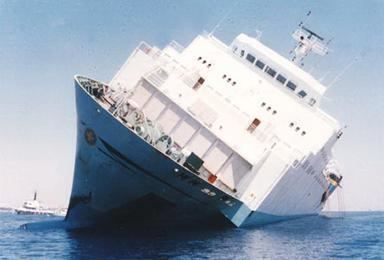 | ||
Builder Kockums Varv AB, Sweden Similar Larnaca Salt Lake, Hala Sultan Tekke, Church of Saint Lazarus, SS Thistlegorm, Cape Greco | ||
Wreck dive ms zenobia larnaca cyprus
MS Zenobia was a Swedish built Challenger-class RO-RO ferry launched in 1979 that capsized and sank in the Mediterranean sea, close to Larnaca, Cyprus, in June 1980 on her maiden voyage. She now rests on her port side in approximately 42 meters (138 ft) of water and was named by The Times, and many others, as one of the top ten wreck diving sites in the world.
Contents
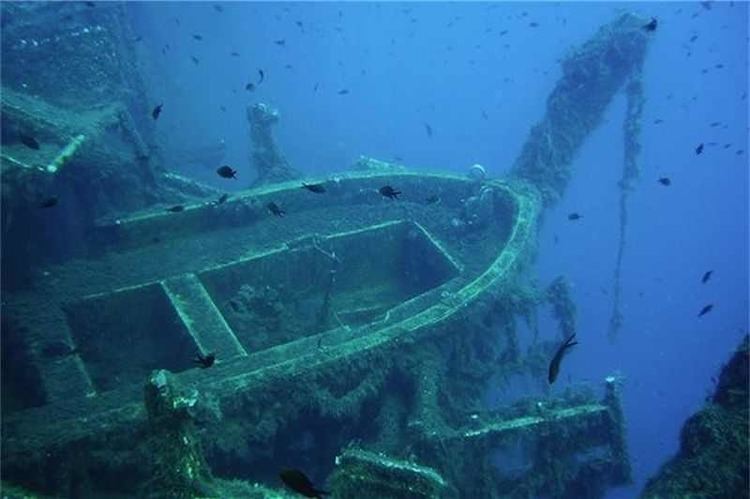
Ms zenobia cyprus
History
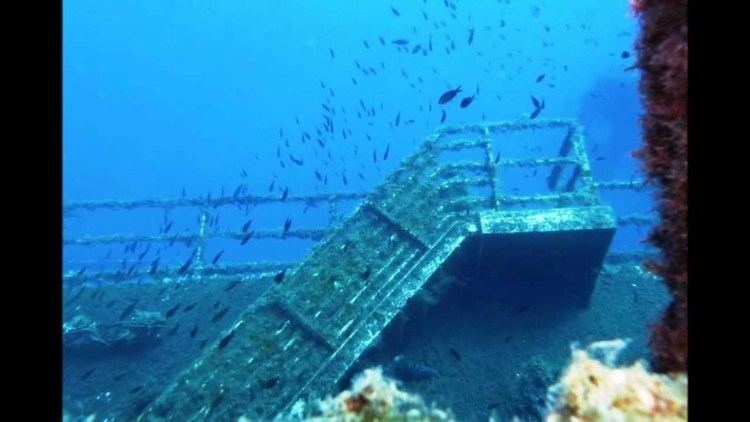
Zenobia was built at the Kockums Varv AB shipyard in Sweden and was delivered to her owners Rederi AB Nordö in late 1979. She left Malmö, Sweden on her maiden voyage, bound for Tartous, Syria on 4 May 1980, loaded with 104 tractor-trailers with cargo destined for Mediterranean and the Middle East. She passed through the Strait of Gibraltar on 22 May 1980, stopping first at Heraklion, Crete and then to Piraeus, Athens, Greece. On the way to Athens the captain noticed steering problems and Zenobia began listing to port. Following checks, it was determined the list was caused by excess water that had been pumped into the ballast tanks, this was pumped out and she then departed for her second to last stop at Larnaca, Cyprus before reaching Syria.
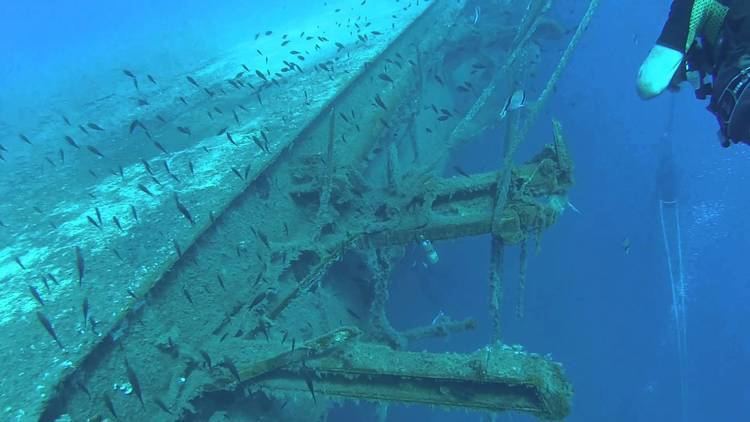
She arrived at Larnaca on 2 June 1980, where the ballast problem had reoccurred, engineers discovered that the computerized pumping system was pumping excess water into the side ballast tanks due to a software error, making the list progressively worse. On 4 June, Zenobia was towed out of Larnaca harbor to prevent her becoming an obstruction should the worst happen and was left at anchor roughly 1-1.5 miles (1.5 – 2 km) offshore. On 5 June, with the ship listing at around 45° the captain dismissed the engineers and maintenance crew and requests from the captain to return her to Larnaca harbor were denied.
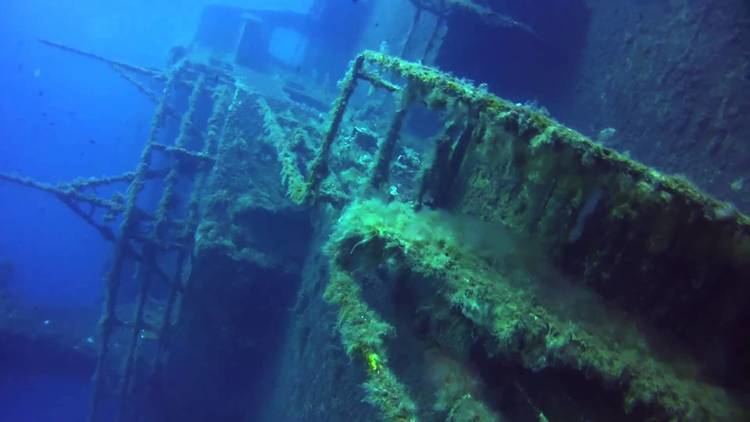
At around 2:30am 7 June 1980, Zenobia capsized and sank in Larnaca Bay at 34, 53.5 N, 33, 39.1 E (1.500 meters from the shore) to a depth of roughly 42 meters (138 ft), taking her estimated £200 million worth of cargo with her. According to local legend, Zenobia's owners never collected the insurance money and no formal investigation has ever been published. Since sinking she has become a popular site for recreational diving visitors to the island as well as ranked as one of the world's top ten recreational dive sites. There were no casualties in the disaster.
Wreck diving

The wreck is consistently ranked as one of the top 10 recreational dive sites worldwide. As a dive site, Zenobia provides a wide range of challenges to scuba divers, from a fairly simple dive to 16 meters (52 ft) depth along the starboard side of the ship (suitable for newly qualified divers); moving up to a more advanced dive inside the upper car deck and accommodation block, right up to extremely adventurous dives within the lower car deck or the engine room (which are only suitable for very experienced divers).
Although all hands were safely taken off the ship before she sank, the lives of eight scuba divers have been lost in the intervening years. There was also a truckload of frozen animals on board when the ship went down so the bones of the animals can been seen on the second car deck. There is also a full cargo of eggs that lies on the sea bed 42 meters (138 ft).
